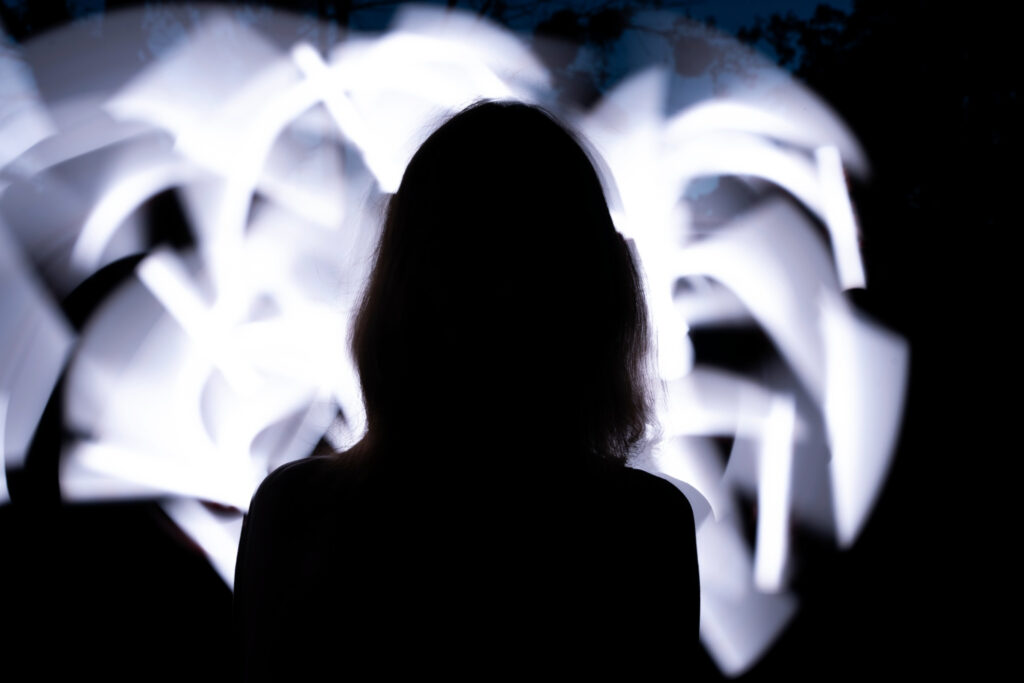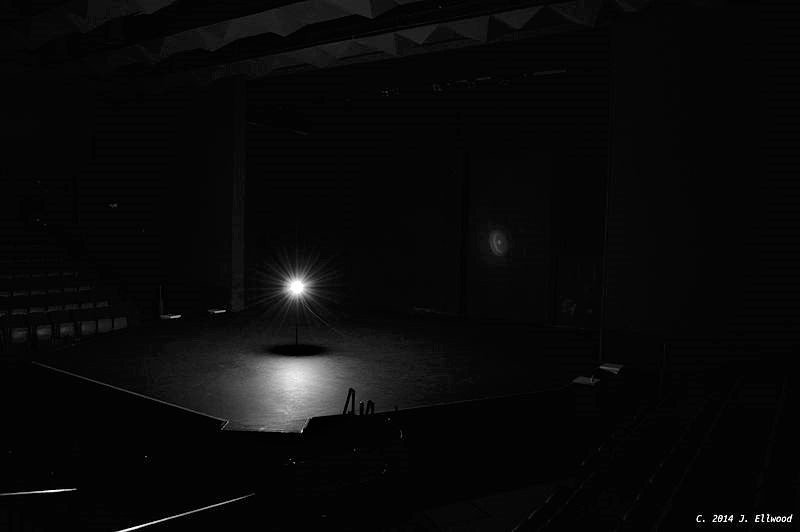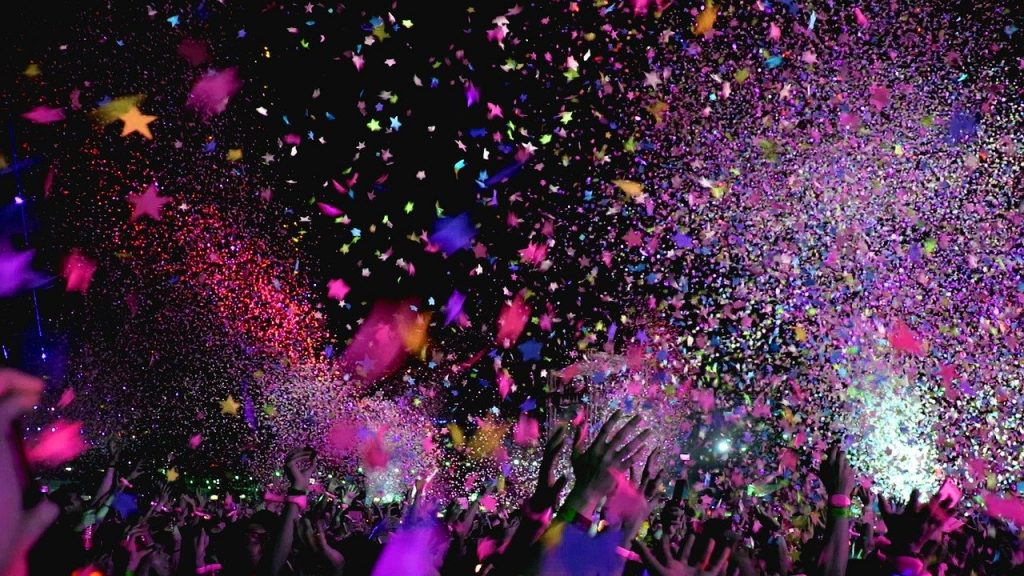
Opening the Door on the History of Ghost Lights in the Theatre
Theatres have a long and fascinating history, with many traditions and superstitions passed down through the generations. One such tradition is the use of ghost lights, which are left on in theatres overnight to ward off any supernatural beings that might be lurking in the shadows.
The origin of the ghost light is somewhat unclear, but it is thought to have originated in the early days of gas lighting. Gas lighting was notoriously dangerous, and theatres were often the site of explosions and fires. To prevent such disasters, theatres began leaving a single gas light burning on the stage overnight, both as a safety measure and to keep the spirits at bay.
Over time, the use of ghost lights became more widespread, even as gas lighting was replaced by electricity. Today, many theatres still observe this tradition, leaving a single light burning on the stage after performances have ended.
While the practical purpose of the ghost light may have diminished with the advent of modern lighting technology, the tradition lives on. For many theatre practitioners, the ghost light is a symbol of the history and heritage of theatre, a connection to the generations of artists who have worked in these spaces before them.
But the ghost light is more than just a symbol. It also serves as a reminder of the risks and dangers of working in theatre. As any theatre practitioner will attest, theatre is a live art form, full of unpredictable elements and potential hazards. The ghost light is a tangible reminder of these risks, and a warning to all those who work in the theatre to be careful and vigilant at all times.
As we reflect on the history of the ghost light, we should also remember the many other traditions and superstitions that have been passed down through the centuries of theatre. From the Scottish play to the tradition of saying “break a leg,” these customs and beliefs serve as a reminder of the unique and storied history of theatre, and the enduring magic and power of live performance.






